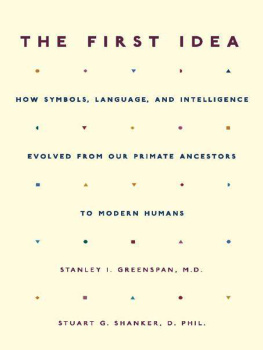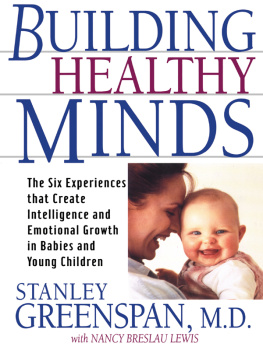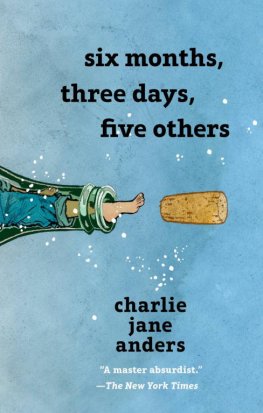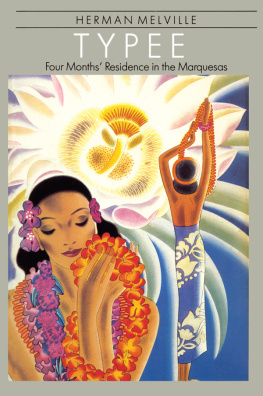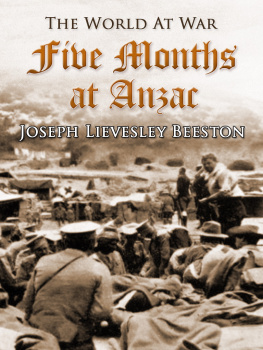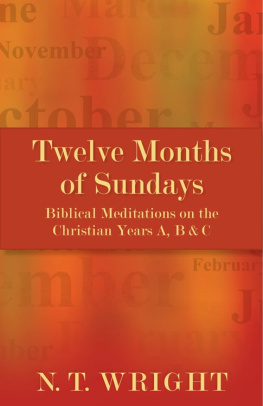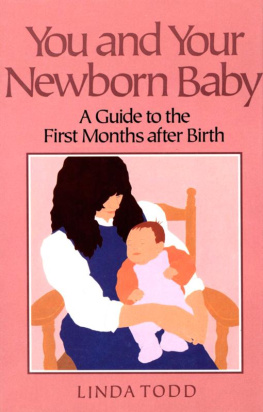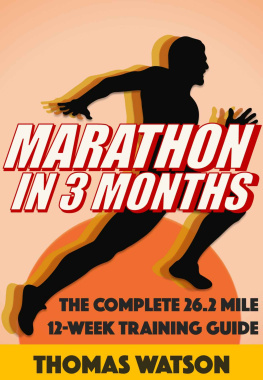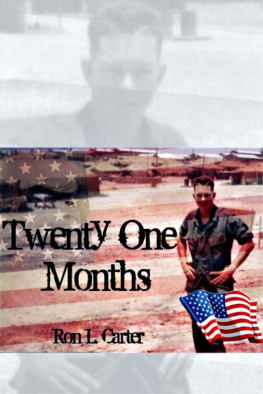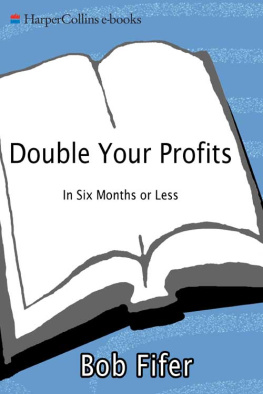STANLEY I. GREENSPAN - The First Idea
Here you can read online STANLEY I. GREENSPAN - The First Idea full text of the book (entire story) in english for free. Download pdf and epub, get meaning, cover and reviews about this ebook. year: 2012, publisher: Da Capo Press, genre: Home and family. Description of the work, (preface) as well as reviews are available. Best literature library LitArk.com created for fans of good reading and offers a wide selection of genres:
Romance novel
Science fiction
Adventure
Detective
Science
History
Home and family
Prose
Art
Politics
Computer
Non-fiction
Religion
Business
Children
Humor
Choose a favorite category and find really read worthwhile books. Enjoy immersion in the world of imagination, feel the emotions of the characters or learn something new for yourself, make an fascinating discovery.
- Book:The First Idea
- Author:
- Publisher:Da Capo Press
- Genre:
- Year:2012
- Rating:4 / 5
- Favourites:Add to favourites
- Your mark:
- 80
- 1
- 2
- 3
- 4
- 5
The First Idea: summary, description and annotation
We offer to read an annotation, description, summary or preface (depends on what the author of the book "The First Idea" wrote himself). If you haven't found the necessary information about the book — write in the comments, we will try to find it.
The First Idea — read online for free the complete book (whole text) full work
Below is the text of the book, divided by pages. System saving the place of the last page read, allows you to conveniently read the book "The First Idea" online for free, without having to search again every time where you left off. Put a bookmark, and you can go to the page where you finished reading at any time.
Font size:
Interval:
Bookmark:
Intelligence Evolved From Our Primate
Ancestors to Modern Humans

Stuart G. Shanker, D. Phil.

Many of the designations used by manufacturers and sellers to distinguish their
products are claimed as trademarks. Where those designations appear in this book
and where Da Capo Press was aware of a trademark claim, the designations have
been printed in initial capital letters.
Copyright 2004 by Stanley I. Greenspan, M.D., and Stuart G. Shanker, D. Phil.
All rights reserved. No part of this publication may be reproduced, stored in
a retrieval system, or transmitted, in any form or by any means, electronic,
mechanical, photocopying, recording, or otherwise, without the prior written
permission of the publisher. Printed in the United States of America.
Designed by Trish Wilkinson
Set in 12-point Adobe Garamond by the Perseus Books Group
Library of Congress Cataloging-in-Publication Data
Greenspan, Stanley I.
The first idea : how symbols, language, and intelligence evolved from our
primate ancestors to modern humans / Stanley I. Greenspan, Stuart G. Shanker.
1st Da Capo Press ed.
p. cm.
A Merloyd Lawrence book.
Includes bibliographical references and index.
ISBN 0-7382-0680-6 (alk. paper)
eBook ISBN: 9780786737055
1. Evolutionary psychology. I. Shanker, Stuart. II. Title.
BF698.95.G73 2004
153.7dc22
2004010658
First Da Capo Press edition 2004
Published by Da Capo Press
A Member of the Perseus Books Group
http://www.dacapopress.com
Da Capo Press books are available at special discounts for bulk purchases in the
U.S. by corporations, institutions, and other organizations. For more information,
please contact the Special Markets Department at the Perseus Books Group,
11 Cambridge Center, Cambridge, MA 02142, or
call (800) 255-1514 or (617) 252-5298, or e-mail
1 2 3 4 5 6 7 8 908 07 06 05 04
Dedicated to our families,
who have and who continue to inspire us.
First we want to thank our wives, Nancy and Ginny, for their ongoing support and living the ideas in this book with us, as well as helping us to elaborate on them. We want to express special thanks to Serena Wieder for her many years of wonderful and insightful collaboration in the development of many of the ideas on infant and childhood functioning and the treatment of autism that are embodied in this work. Special thanks are also due to Harry Wachs for his thoughtful reading of the manuscript and his help in describing critical developmental processes, and to Barbara King, whose work on patterned interactions and whose careful reading of Part II was instrumental in our thinking about prima-tology and evolutionary theory. We are also grateful to Rainer Born, Jerome Bruner, Jeff Coulter, Alan Fogel, Robert Lickliter, Daniel Mc- Shea, Raffi, Pedro Reygadas, Sue Savage-Rumbaugh, and Talbot Taylor for their advice and support, or for their helpful comments on earlier drafts of the book. We also want to thank Jan Tunney for her thoughtful work on the manuscript; Sarah Miller for her administrative and clinical support. We especially want to thank Merloyd Lawrence, our editor, who not only raised countless important questions but worked with us to find solutions. Her gifted insights into the material illuminate much of this work. S.I.G. would like to express his thanks to the Interdisciplinary Council of Learning and Developmental Disorders and the Floor-time Foundation. S.G.S. would like to express his thanks to his college, Atkinson, and his colleagues in the philosophy and psychology departments, for making it possible to devote so much time to the writing of this book. In addition, S.G.S. would like to express his gratitude for the support he received from the Templeton Foundation and the Unicorn Foundation, which made it possible for him to receive invaluable assistance from the following graduate students in the psychology and philosophy programs at York University: Lisa Bayrami, Maria Botero, Matthew Crippen, Matt Peterse, and Ljiljana Radenovic.
W HAT WAS THE FIRST idea? Was it formed by an early human-like figure, poised with stone in hand, calculating how sto fell his prey? Certainly, an intriguing question, but there is an even more important one. How and when did the capacity to create an idea come about in the first place? This question has perplexed ancient and modern philosophers, scientists in the fields of human development and evolution, and most of the rest of us. How do human beings develop their highest mental abilities, the abilities to symbolize and think? And how did these distinctly human abilities arise during the course of evolution? In short, how did we become human beings and how do we maintain our humanness?
We have developed a new hypothesis to address these questions. The key to the evolutionary hypothesis we will present in this book comes from our observations of babies at the beginning of their developmental journey. We have found that the capacity to create symbols and to think stems from what was often thought of by philosophers as the enemy of reason and logic: our passions or emotions. While there is mounting evidence that emotions influence the content of our thoughts (see ), we have discovered a far more important role for our emotions. We will show how emotions actually give birth to our very ability to create symbols and to think.
However, a very special characteristic of our emotions paves the path to symbols. This characteristic is relatively different in human beings than in other animals. We have observed that it is the capacity to transform basic emotions into a series of successively more complex interactive emotional signals. We will show how emotional signaling enables a child to separate perceptions from fixed predictable actions and, in so doing, free up these perceptions to acquire emotional meaning and become symbols. Something as profound as mastering the word mommy, or something as basic as the word apple or the number 4, comes into being through six initial levels of emotional interaction and signaling in the early years of life. Sensory and subjective experiences, seemingly the enemy of reason and logic, through progressive transformations, therefore, actually become the basis for both creative and logical reflective thought.
These uniquely human abilities are not hardwired into our brains. They must be developed through learning interactions. Humans intensify these types of critical learning processes in the second half of the first year of life and during most of the second year and then continue it throughout their lifetimes. These learning interactions are not instructional, where an adult lectures, shows, or otherwise directly teaches a child. They are natural interactions that result in new learning, such as playful back-and-forth smiles or vocalizations between an infant and caregiver from which the infant learns about relating and interacting. When we use the term learning, we will be using it in this way, even though at times this type of learning will also involve interactions where a child imitates or copies the adult or another child.
Through our studies of nonhuman primates and a review of the fossil record, we will also demonstrate that what takes a human baby two years to learn took our human ancestors millions of years. Remarkably, however, we can trace the same steps in both.
Font size:
Interval:
Bookmark:
Similar books «The First Idea»
Look at similar books to The First Idea. We have selected literature similar in name and meaning in the hope of providing readers with more options to find new, interesting, not yet read works.
Discussion, reviews of the book The First Idea and just readers' own opinions. Leave your comments, write what you think about the work, its meaning or the main characters. Specify what exactly you liked and what you didn't like, and why you think so.

